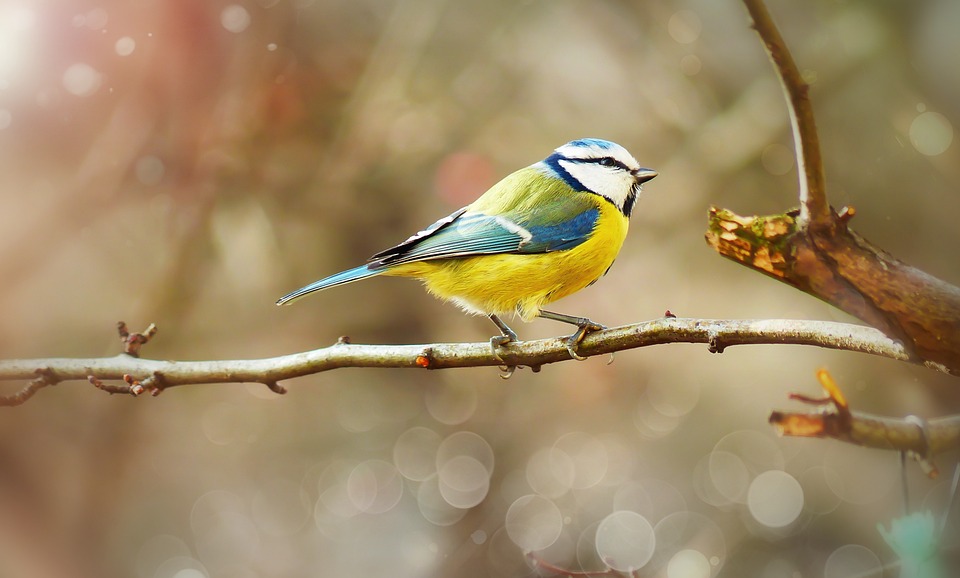The Science of Succulents: Why These Water-Storing Plants Thrive in Harsh Conditions
Succulents have surged in popularity in recent years, captivating plant enthusiasts and casual gardeners alike. Known for their striking shapes, vibrant colors, and unique textures, these water-storing plants are more than just decorative pieces. Their fascinating biology and adaptations allow them to thrive in some of the Earth’s most inhospitable climates. Let’s delve into the science behind succulents, exploring their remarkable adaptations and the conditions in which they flourish.
What Are Succulents?
Succulents are a diverse group of plants characterized by their thick, fleshy tissues, which store water. This trait enables them to survive in arid environments where water is scarce. Common examples include aloe vera, jade plants, and various species of cacti. Succulents belong to multiple plant families, but they share a common evolutionary trait: the ability to store water efficiently in specialized tissues.
Adaptations for Water Storage
1. Water-Storing Tissues
At the heart of a succulent’s survival strategy are its specialized cells, which can accumulate and store significant amounts of water. These tissues can swell with moisture during periods of rainfall, allowing the plant to endure prolonged dry spells. When water is scarce, these tissues release moisture to sustain the plant’s metabolic processes.
2. Modified Leaves and Stems
Many succulents exhibit modified leaves and stems designed for water conservation:
- Fleshy Leaves: In many species, leaves are thick and fleshy, allowing for significant water storage.
- Stem Succulents: Some cacti, such as the saguaro, rely on their stems for water storage. These stems can expand and contract, adapting to current moisture levels.
3. Reduced Surface Area
To minimize water loss, succulents typically have a reduced surface area:
- Bumpy or Waxy Surfaces: Many succulents feature a waxy cuticle that acts as a barrier to moisture loss. The bumpy structures, called tubercles, can also help trap humidity.
- Small Leaves: Smaller leaves reduce the area for transpiration, limiting water loss.
Photosynthesis: Crassulacean Acid Metabolism (CAM)
One of the most intriguing adaptations of succulents is their unique method of photosynthesis known as Crassulacean Acid Metabolism (CAM). Unlike conventional photosynthesis, succulents open their stomata (tiny openings on leaves) at night to absorb carbon dioxide. This allows them to minimize water loss during the day when temperatures rise. The CO2 is then stored as an acid overnight and used for photosynthesis during the day, thus optimizing their water use.
Environmental Conditions That Favor Succulents
1. Arid Climates
Succulents flourish in arid and semi-arid regions where rainfall is limited. These environments often experience extreme temperatures, both hot and cold, and succulents have evolved strategies to cope with these fluctuations.
2. Poor Soil Quality
Many succulents also thrive in poor, sandy soils that drain quickly. This prevents water retention around the roots, which can lead to rot in more water-sensitive plants. Additionally, their root systems are often extensive, allowing them to capture moisture from a larger area.
3. Sunlight Intensity
Most succulents are sun-loving plants, requiring plenty of direct sunlight to promote their unique growth patterns and photosynthesis. They typically thrive in full sunlight but can adapt to lower light conditions over time.
The Role of Succulents in Their Ecosystems
Succulents play a crucial role in their native ecosystems. They serve as food sources for various animals, provide habitat structures, and contribute to soil stabilization. Some species even help to regulate water cycles in their environments. Their unique adaptations make them indispensable in areas susceptible to drought and soil erosion.
Conclusion
The science of succulents reveals a remarkable tale of adaptation and survival in the face of adversity. With their ability to store water, reduce transpiration, and utilize specialized methods of photosynthesis, these plants exemplify nature’s ingenuity. As we continue to appreciate and study succulents, we also celebrate their role in the ecosystem, marking them not just as ornamental companions but as vital players in the natural world. Whether you’re a seasoned horticulturist or a beginner, understanding the biology of these fascinating plants can deepen our appreciation and inspire us to cultivate them in our own gardens.
[Modern Footnote Source Link]

























Add Comment